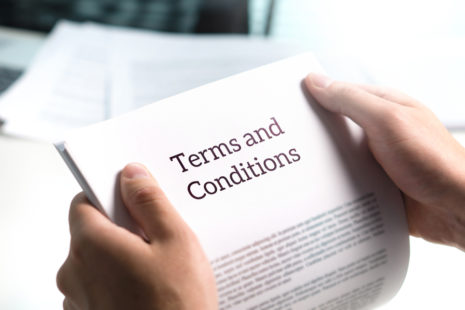There are many types of bail bonds available, depending on the jurisdiction, the nature of the crime, and the accused person’s status. Here’s a casual rundown of the different types:
- Cash Bail: This is pretty straightforward. You pay the full amount of bail in cash to the court. If you show up to all your court dates, you’ll get your money back, minus any administrative fees. But if you skip out on the court, you can kiss that money goodbye.
- Surety Bond: This is the type of bond typically provided by a bail bondsman. You (or someone else) pays a fee to the bondsman—usually about 10% of the total bail. The bondsman then guarantees the full bail amount to the court. If you don’t show up to court, the bondsman owes the court the full bail amount and will likely hire a bounty hunter to find you and bring you back to court.
- Property Bond: In some cases, you might be able to put up property (like your home) as collateral for bail. If you don’t show up to court, the court can foreclose on the property to get the bail amount.
- Release on Own Recognizance: This one’s pretty nice if you can swing it. The judge just lets you out with a promise that you’ll come back for your court dates. No money or property needed. This is often used for smaller crimes or for folks who have a good track record of showing up to court.
- Unsecured Personal Bond: This is like a mix between a cash bond and a release on own recognizance. You don’t have to pay upfront, but you promise to pay a certain amount if you don’t show up to court.
- Secured Personal Bond: Similar to an unsecured bond, but you do have to pay some amount upfront, with the promise to pay the rest if you don’t show up to court.
- Immigration Bond: This is a federal bond used for detainees held by Immigration and Customs Enforcement. It’s a bit more complex because it involves federal law, and not all bondsmen will handle these.
Not all these types of bonds are available in all jurisdictions or for all types of charges.




